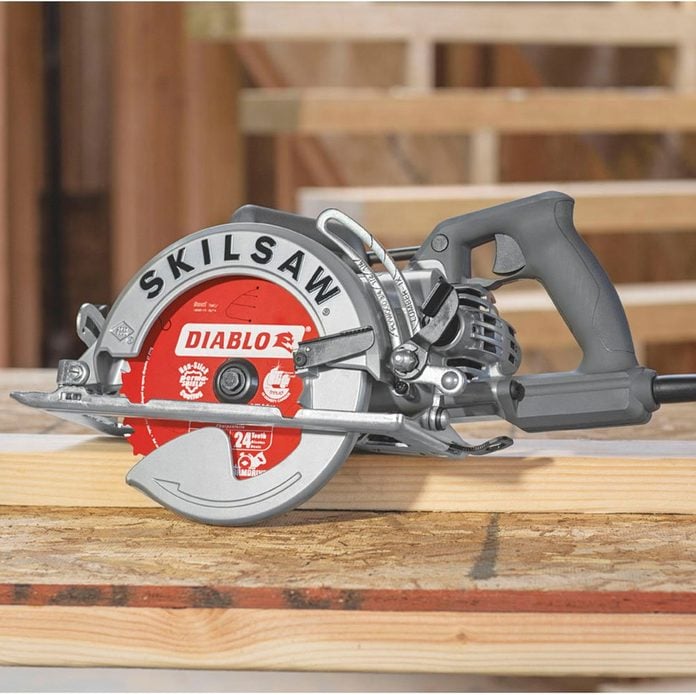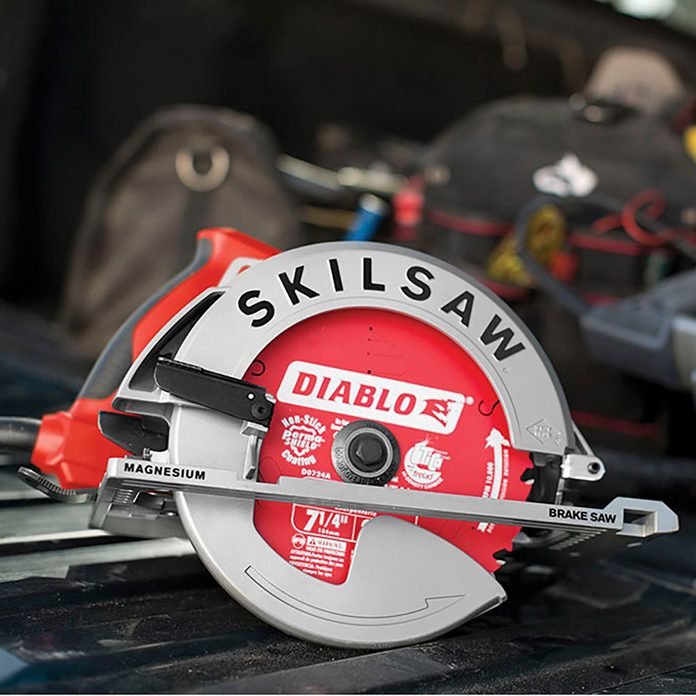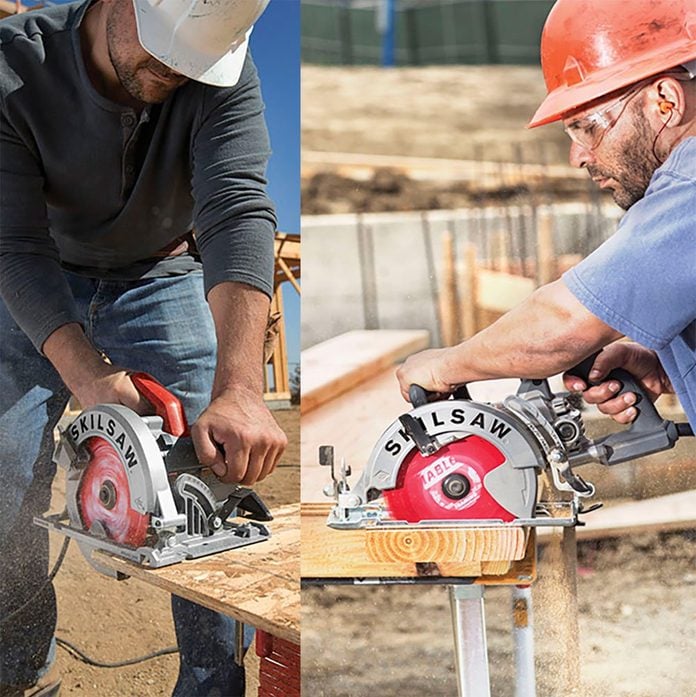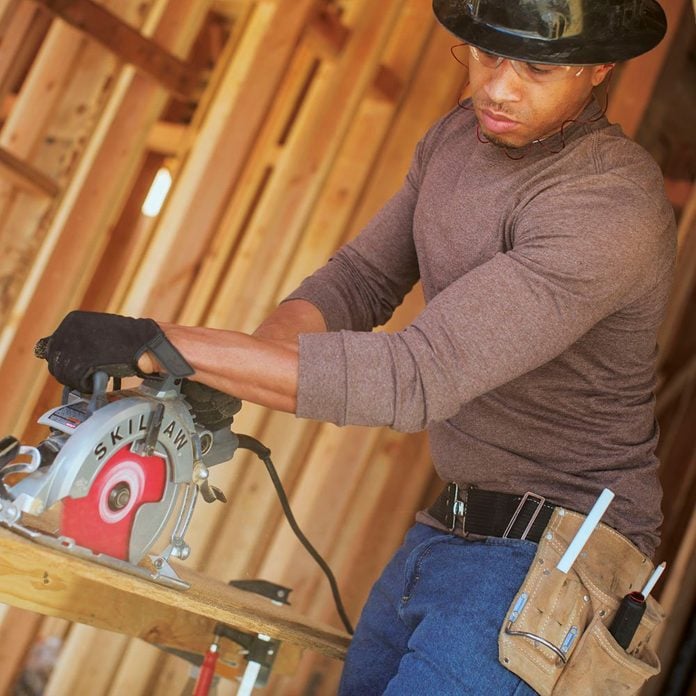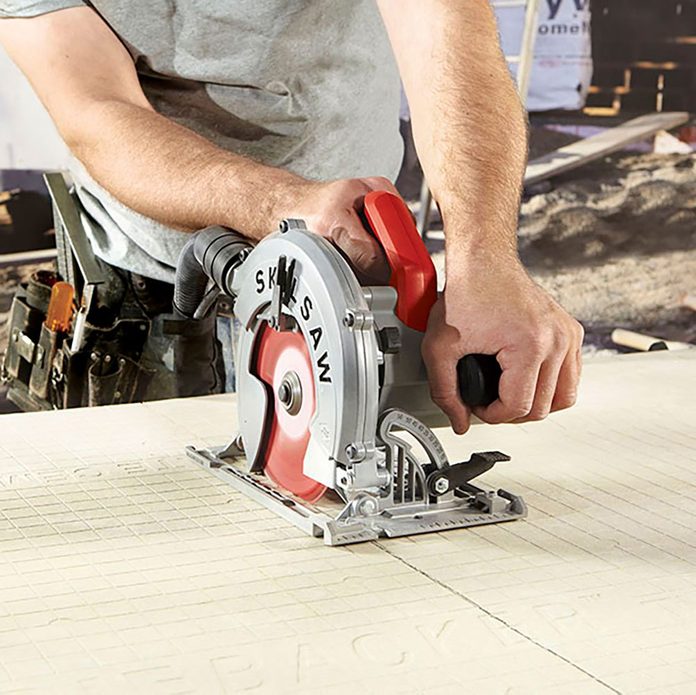Learn about the differences between a worm drive circular saw and a direct drive circular saw, and determine which one is best for you.
Our editors and experts handpick every product we feature. We may earn a commission from your purchases.Learn more.

